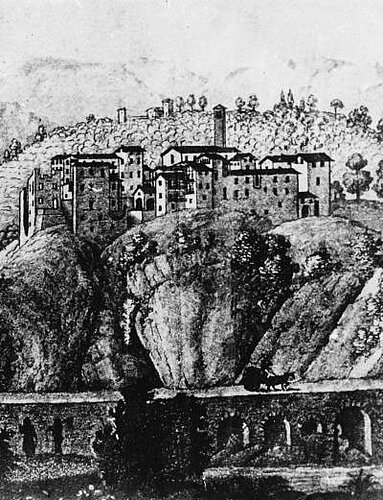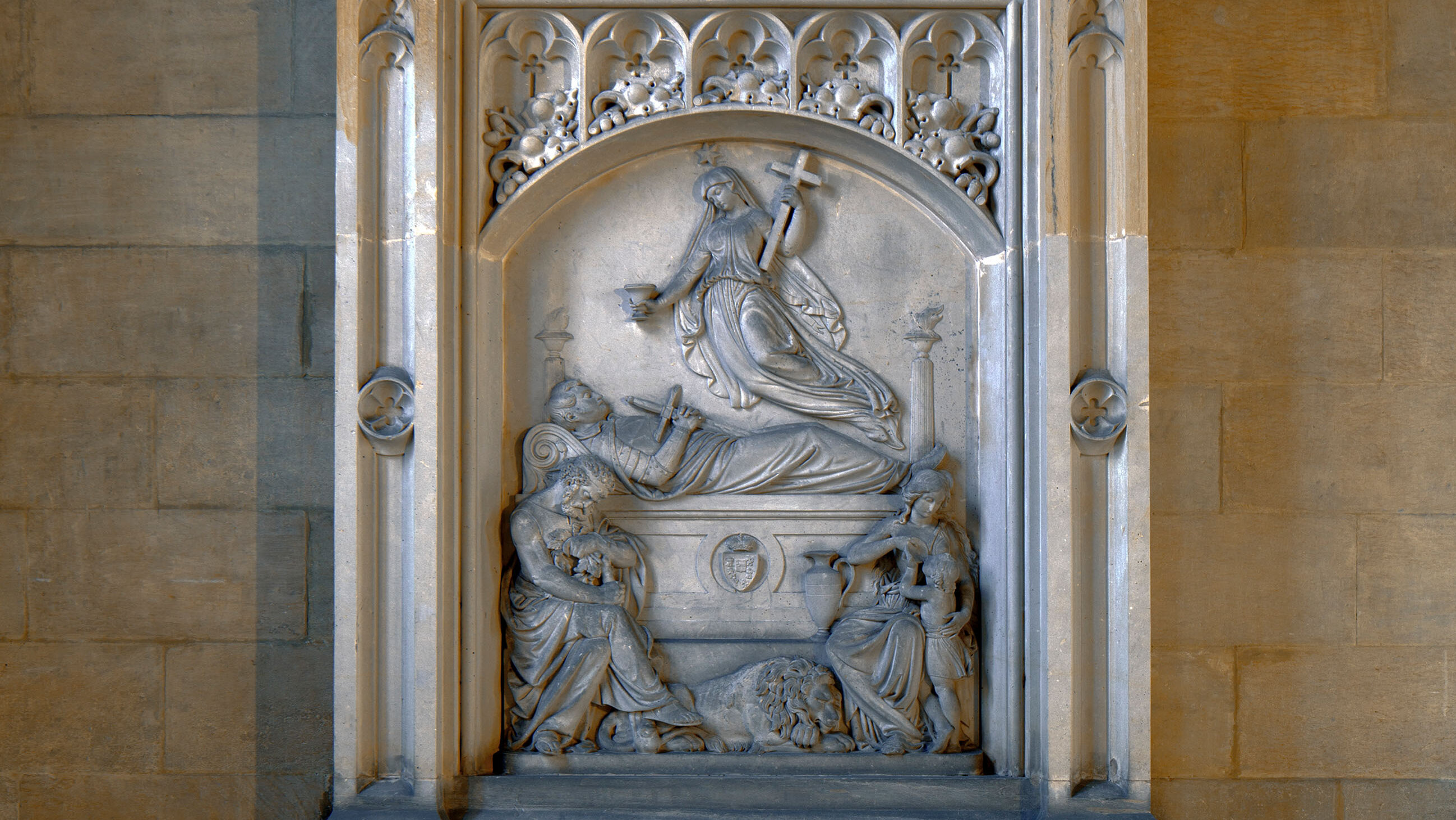History of the Thurn und Taxis Family
The family history can be traced back to the early 12th century. Even then, the Tassos or Tassis served the Republic of Venice and the Papal State as faithful couriers on political missions. Their home was in the small village of Cornello to the north of Bergamo. They maintain close connections to their Italian homeland even today.

The legendary Counts de la Torre also settled in this region after the struggle for control of the city of Milan. Baroque family legends state that they became the forerunners of the Taxis. Emperor Ferdinand III recognised the Taxis as descendants of the de la Torre or Torriani in 1650 and gave them license to use their coat of arms (the tower) and name (de la Torre) in addition to ‘Taxis’. This produced the dulcet name ‘Thurn und Taxis’.
Invention of the Postal Service
Among the historically most outstanding achievements of the Thurn und Taxis family was the invention of the imperial postal service and its logistical organisation. In a first step, Franz von Taxis set up a highly organised courier service between Innsbruck, the seat of the Emperor, and Brussels, the seat of the Habsburg Governor, and in doing so laid the foundation for developing international postal services in 1490. Around 1500, the transport of letters between Innsbruck and Brussels took just five and a half days! Emperor Mathias rewarded the family for its services in 1615 by elevating the office of Imperial Postmaster General to a hereditary fief in the male and female line. This meant that women were also entitled to lead the postal company. They included Alexandrine von Taxis, who took charge in 1628. She ran the Imperial Postal Service on behalf of her late husband and is now considered the first female entrepreneur in German history. Moreover, the 17th century was also the period in which the Thurn und Taxis family achieved growing social prestige. They were elevated to the rank of Imperial Barons in 1608, to hereditary Imperial Counts in 1624 and were finally named Imperial Princes under Emperor Leopold I in 1695.

In Regensburg for 250 Years
In 1748, Emperor Franz I appointed Prince Alexander Ferdinand as Principal Commissioner, the imperial representative at the Perpetual Diet in Regensburg. Three Princes of Thurn und Taxis held this costly and prestigious office until the demise of the Old Empire in 1806. Among the conditions imposed by the Emperor was that the family should relocate from Frankfurt to Regensburg.

The family’s move to Regensburg with its entire court entourage brought the city more than just economic prosperity. Cultural and social life was also significantly enriched. Prince Carl Anselm, for instance, transformed the personal library of 2,330 works into the princely court library, which has been open to the public free of charge since 1786. The generous Prince was also responsible for establishing Regensburg Theatre and the unique network of avenues around the old town. The Imperial Court in Vienna was always the role model for social life. A new era began in Regensburg – the ancient Roman settlement and medieval imperial city – with the arrival of the Thurn und Taxis family, which maintained close ties to Europe’s great aristocratic houses. An era that continues to this day...
Social Commitment
The Princely House has supported numerous social institutions for centuries. Hospitals, orphanages and countless associations received and still receive generous assistance.

Prince Albert I founded the first soup kitchen after the 1st World War to provide food to the poor. To this day, up to 250 needy people receive a free hot meal every day under his great-grandson Prince Albert II. Students of the humanities who are working on their academic theses at the Prince Thurn und Taxis Court Library and Central Archive also benefit from regular support in the form of scholarships.
